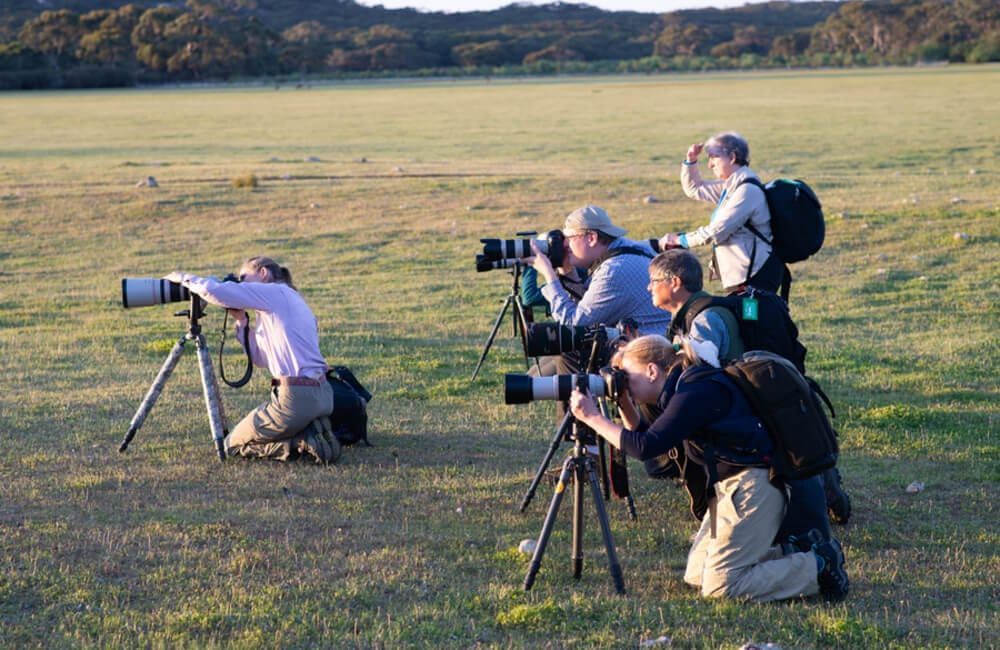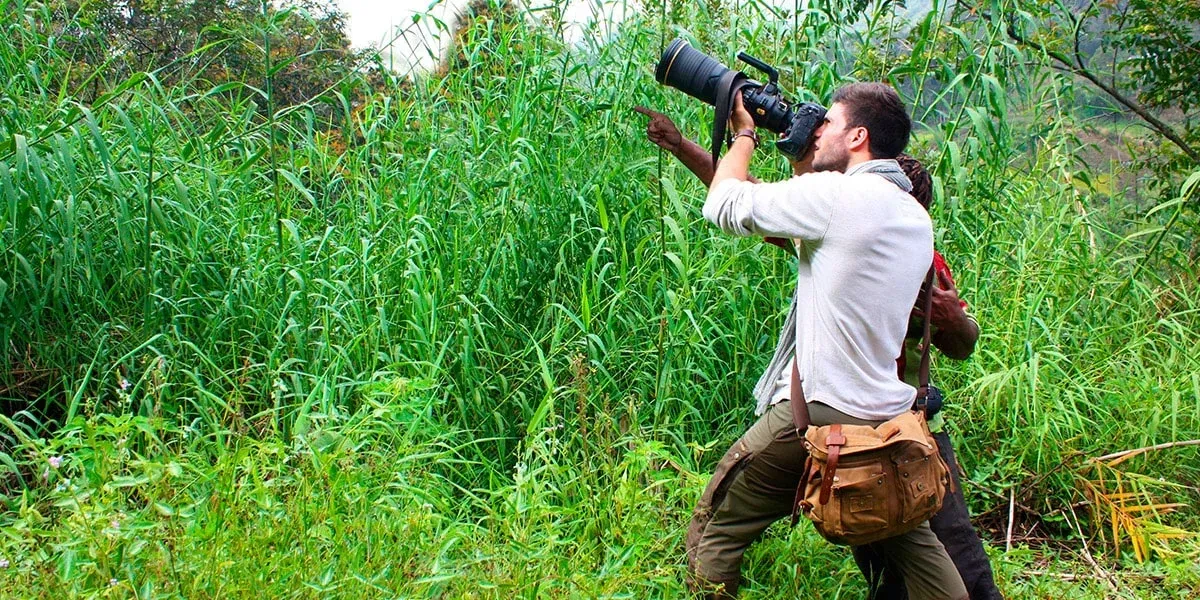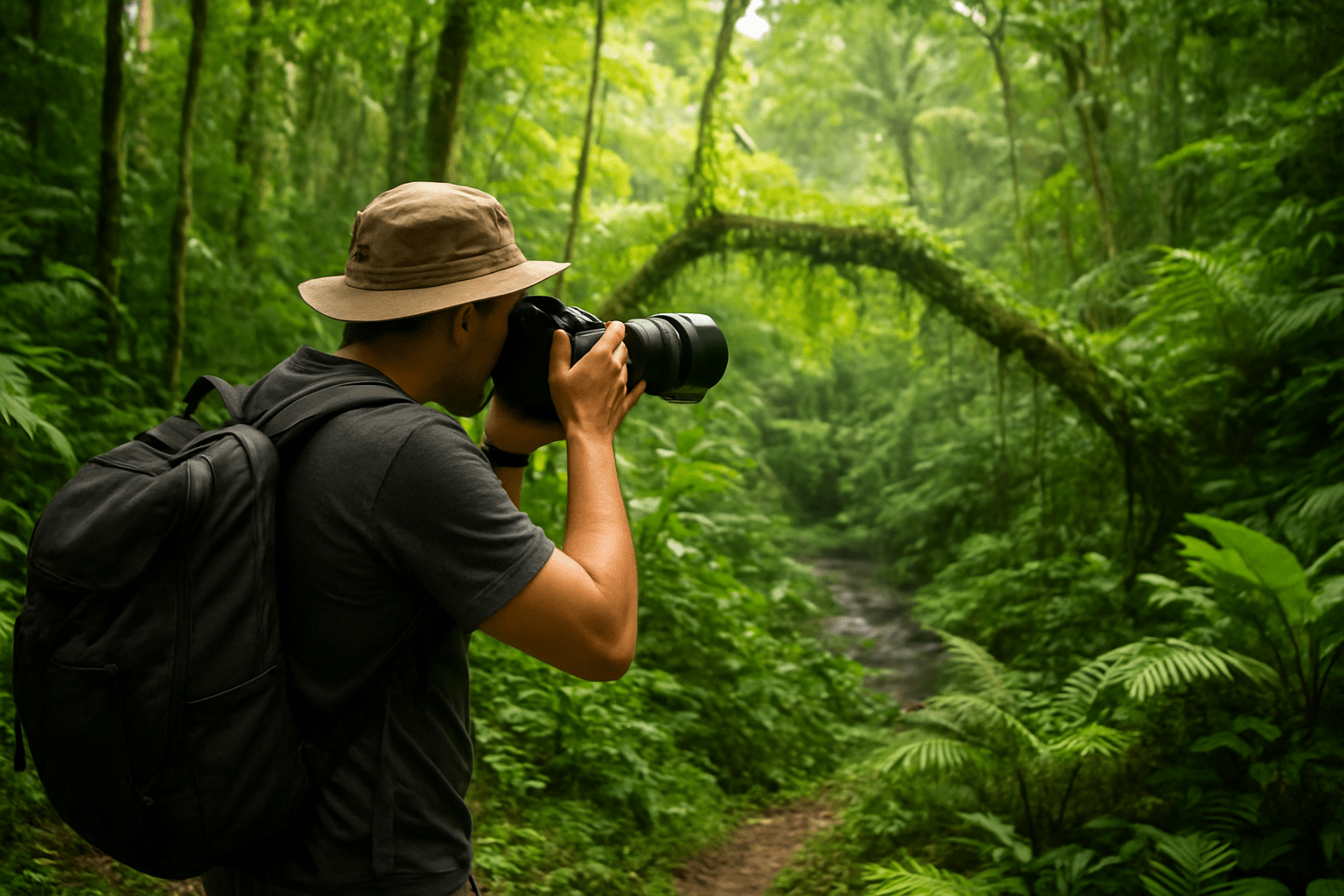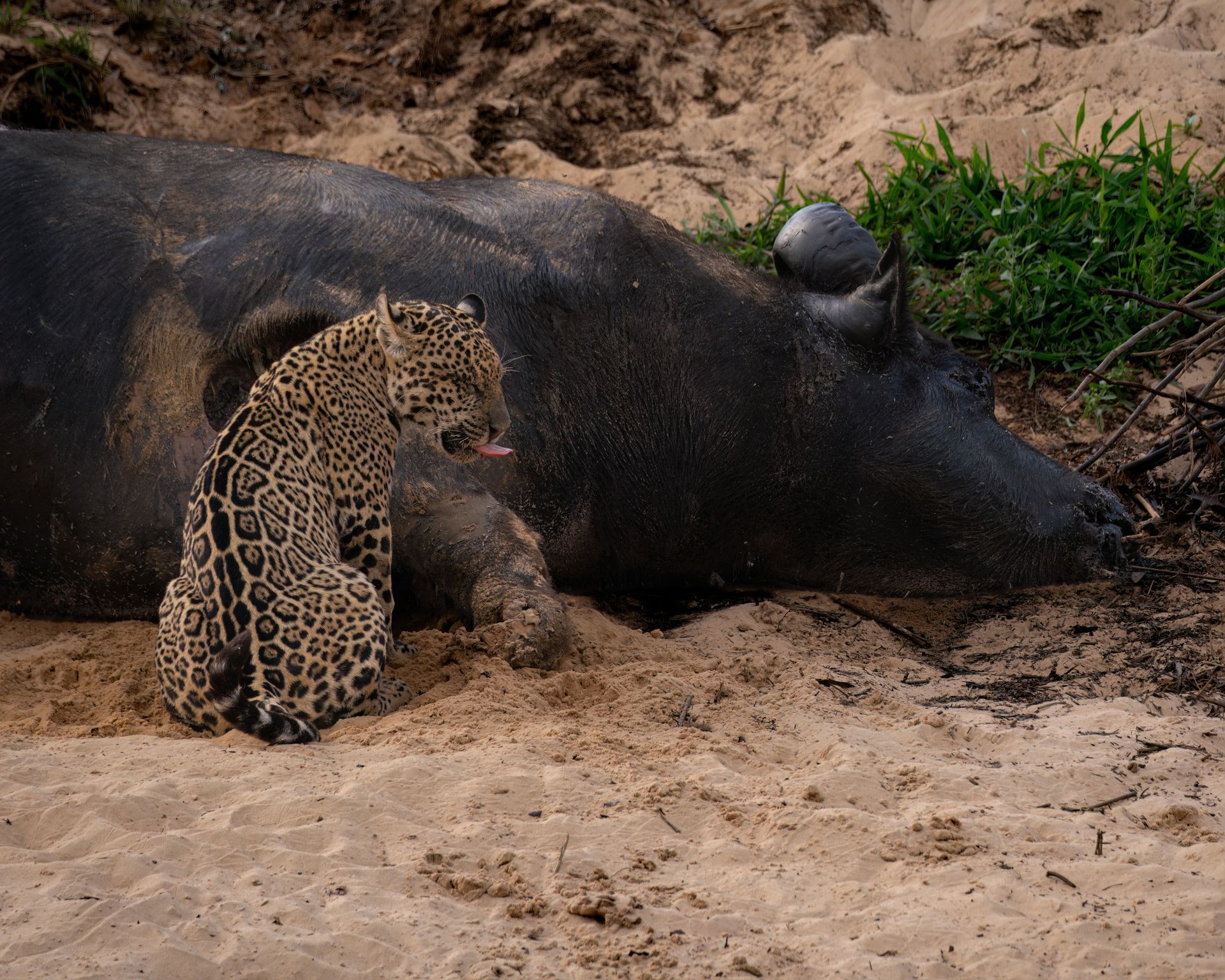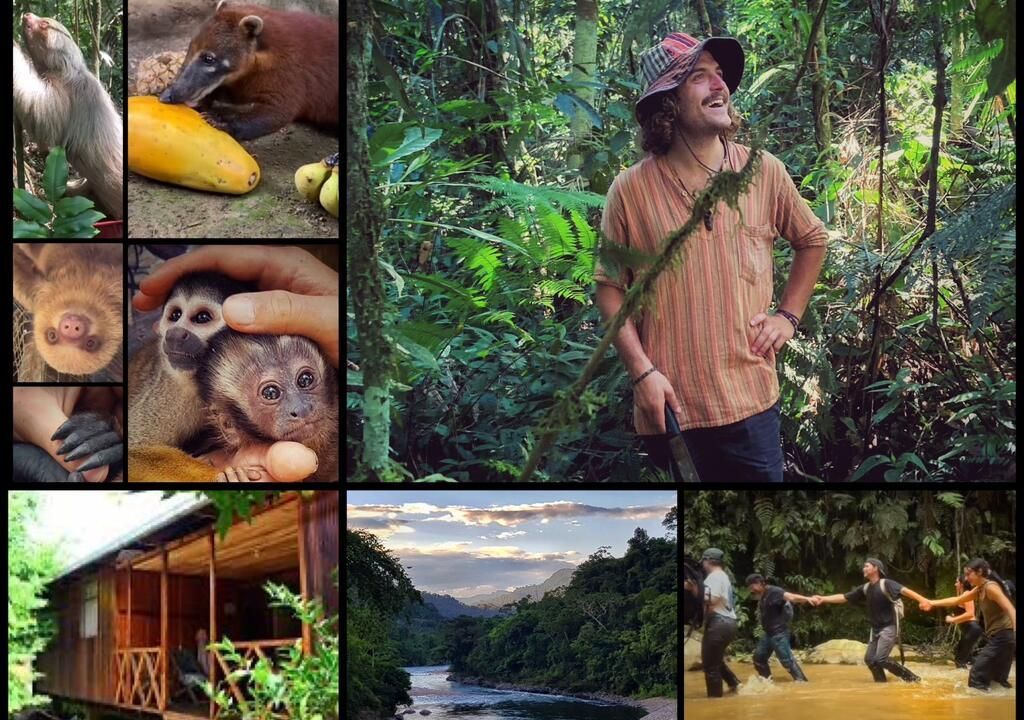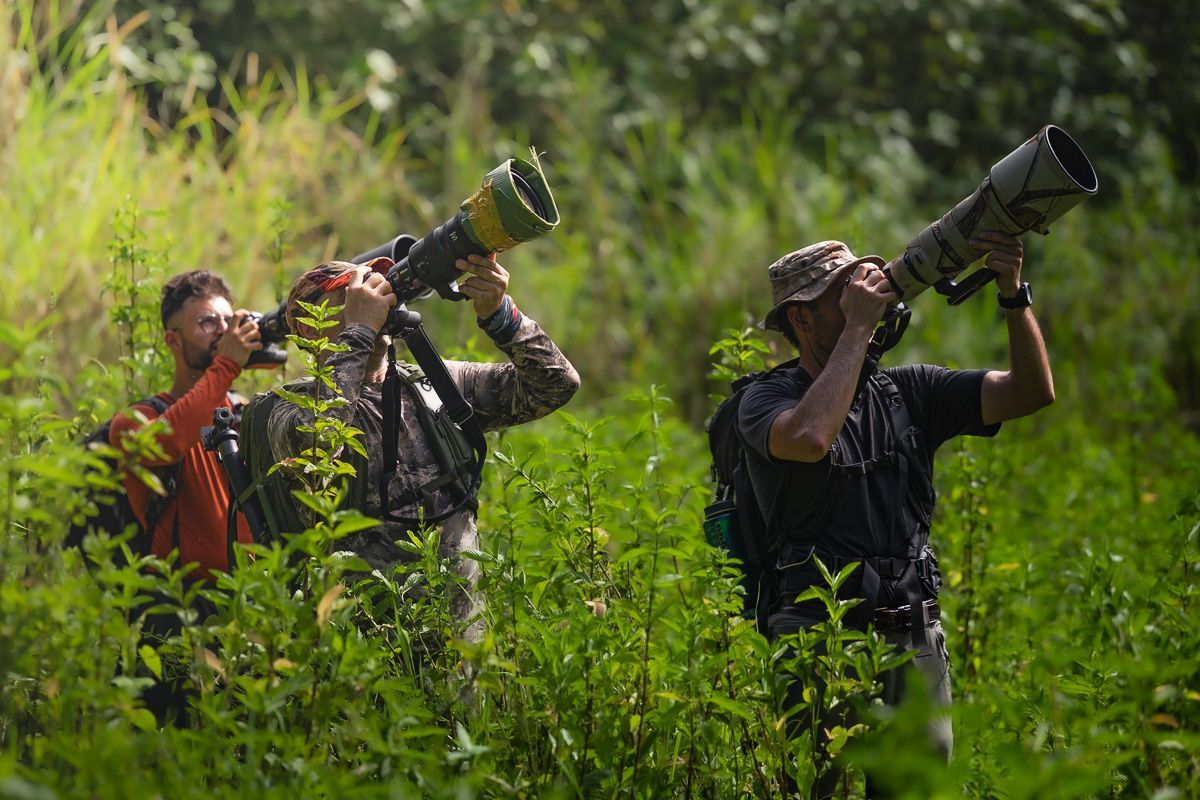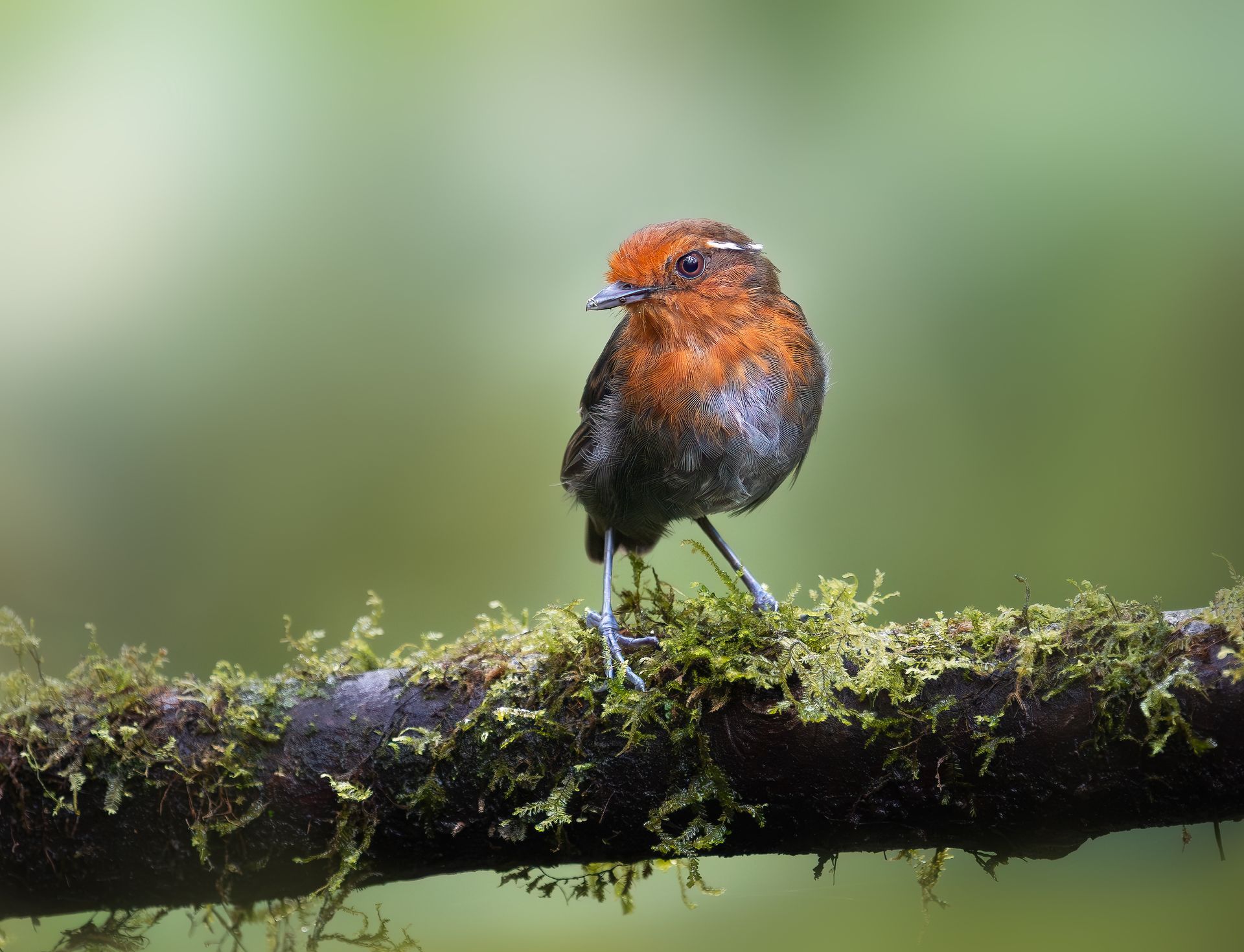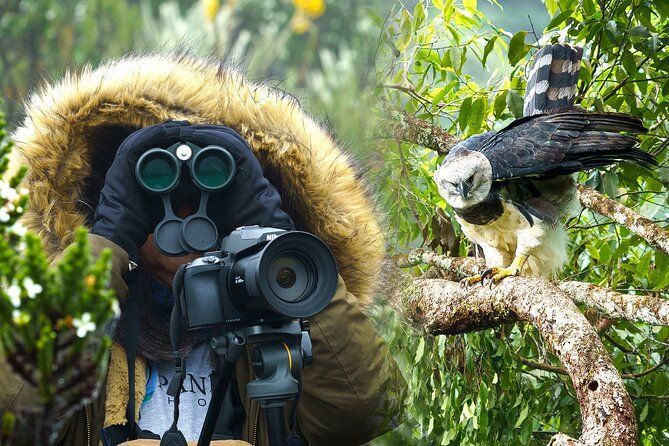Endemic Hummingbirds of South America: A Photo Tour Guide
Endemic Hummingbirds of South America: A Photo Tour Guide
South America is a paradise for bird photographers, boasting one of the richest concentrations of hummingbirds in the world. Among these, endemic hummingbirds—species found nowhere else—offer photographers the rare opportunity to capture truly unique and vibrant subjects. From Colombia’s high-altitude páramos to Ecuador’s cloud forests, South America provides a diverse range of habitats perfect for exploring these tiny jewels of nature.
This guide is designed to help wildlife photographers, both amateur and professional, plan an immersive photo tour focusing on endemic hummingbirds, with tips on locations, gear, photography techniques, and ethical wildlife practices.
Understanding Endemic Hummingbirds
What Makes a Hummingbird Endemic?
An endemic hummingbird is a species restricted to a particular geographic region. Unlike more widespread species, these birds are highly adapted to their local habitats, making them both rare and captivating subjects for photography. Their limited distribution often coincides with specific microclimates, altitudes, or forest types.
Examples of South American endemic hummingbirds include:
- Buffy Helmetcrest (Oxypogon stuebelii) – Found in Colombia’s high páramos.
- Green-bearded Helmetcrest (Oxypogon guerinii) – Restricted to northern Andean páramos.
- Coppery-bellied Puffleg (Eriocnemis cupreoventris) – A Colombian mountain species.
- Santa Marta Woodstar (Chaetocercus astreans) – Endemic to the Santa Marta Mountains of Colombia.
- Dusky Starfrontlet (Coeligena orina) – Rediscovered in the high Andes of Colombia.
Understanding their habitats and behavior is critical for a successful photography experience.
Prime Locations for Endemic Hummingbird Photography
Colombia: A Global Hummingbird Hub
Colombia is often called the world’s hummingbird capital, hosting over 160 species, many of them endemic. Key locations include:
1. The Santa Marta Mountains
- Home to the Santa Marta Woodstar.
- Cloud forests and steep slopes provide natural perches.
- Early mornings are best for activity when flowers are abundant.
2. Chingaza National Park
- Ideal for high-altitude Helmetcrests.
- Páramo grasslands and shrubs attract a variety of hummingbirds.
- The park’s trails allow photographers to reach feeding areas with minimal disturbance.
3. Sumapaz Paramo
- Extensive open landscapes for observing flight patterns.
- Excellent for capturing long-tail species like the Black-tailed Trainbearer.
- Offers opportunities for dramatic landscape photography combined with hummingbirds.
Ecuador: Cloud Forest Wonders
Ecuador’s cloud forests are among the richest in endemic hummingbirds. Photographers should target:
- Mindo Valley: Accessible trails with hummingbird feeders attract dozens of species, including the Violet-tailed Sylph.
- Yanacocha Reserve: High-altitude forests offer habitat for rare and shy species.
- Mashpi Reserve: A hotspot for spectacular lighting conditions and endemic hummingbird activity.
Peru: Andean and Amazonian Diversity
Peru provides unique opportunities for both highland and lowland endemic species:
- Abra Malaga: The high Andes here host rare starfrontlets and pufflegs.
- Manu National Park: Though primarily lowland rainforest, it supports numerous endemic species along transitional slopes.
- Yanacocha and Podocarpus: Offers specialized habitats for restricted-range hummingbirds.
Essential Photography Gear
To capture endemic hummingbirds in their natural habitats, careful preparation is crucial.
Camera and Lens Selection
- High-speed DSLR or mirrorless cameras with fast autofocus.
- Telephoto lenses (300mm–600mm) for distant shots.
- Macro capabilities for close-ups at feeders.
- Tripod or monopod to stabilize long lenses in uneven terrain.
Accessories
- Lens hoods and polarizing filters to manage light in dense forests.
- Rain covers for sudden tropical showers.
- Extra batteries and memory cards, as remote locations often lack power.
Photography Techniques for Hummingbirds
Capturing Flight
- Use shutter speeds of 1/2000 sec or faster to freeze wing motion.
- Continuous autofocus is ideal for tracking rapid movements.
- Burst mode allows multiple frames to select the perfect shot.
Perched Shots
- Focus on natural perches such as branches or flowers.
- Use apertures of f/5.6–f/8 for a balance between sharpness and background blur.
- Patience is key; hummingbirds often return to favorite perches.
Feeding Behavior
- Photograph hummingbirds at feeders or natural nectar sources.
- Position yourself slightly above or at eye level with the bird.
- Natural light from the side creates depth and highlights plumage.
Ethical Photography Practices
Photographing wildlife responsibly is essential:
- Avoid disturbing nests or feeding sites.
- Do not use flash that can startle birds.
- Stick to marked trails to minimize habitat impact.
- Support local conservation projects and eco-lodges.
Planning a Hummingbird Photo Tour
Optimal Timing
- Dry seasons provide clearer skies and easier access.
- Early mornings offer the best light and most active birds.
Tour Duration
- Plan for at least 7–10 days to visit multiple locations and increase the chances of capturing rare endemics.
Hiring Local Guides
- Local guides know the best perches, flowering patterns, and hidden trails.
- They can assist with camera settings, composition, and ethical practices.
Challenges and How to Overcome Them
- Rapid Flight: Use high-speed continuous shooting.
- Low Light in Cloud Forests: Open apertures and ISO adjustments can help maintain shutter speed.
- Altitude Sickness: Gradual acclimatization in high-elevation páramos is essential.
- Unpredictable Weather: Always carry rain gear and protective camera covers.
Combining Bird Photography with Ecotourism
Endemic hummingbird tours offer more than photography:
- Engage with local communities to learn about conservation.
- Support sustainable tourism by staying at eco-lodges.
- Explore other wildlife: Many locations host orchids, butterflies, and other endemic birds.
Tips for International Photographers
- Travel light but carry essential lenses.
- Learn basic Spanish phrases to communicate in remote areas.
- Book accommodations in advance, especially in small reserves or remote mountain lodges.
- Respect cultural and ecological norms while photographing.
Conclusion
South America’s endemic hummingbirds offer photographers an unparalleled opportunity to capture some of the most exquisite and rare birds on Earth. By carefully selecting locations in Colombia, Ecuador, and Peru, preparing the right gear, and mastering photographic techniques, wildlife photographers can enjoy an unforgettable experience.
A well-planned tour combining ethical practices, local knowledge, and technical expertise ensures not only stunning images but also meaningful connections with nature. These tours highlight the importance of conservation, the thrill of photographing rare species, and the sheer beauty of hummingbirds in their native habitats.
Whether you are chasing the shimmering feathers of a Helmetcrest in the high Andes or capturing the vibrant tail of a Starfrontlet in the cloud forests, South America promises endless opportunities for exceptional hummingbird photography.



